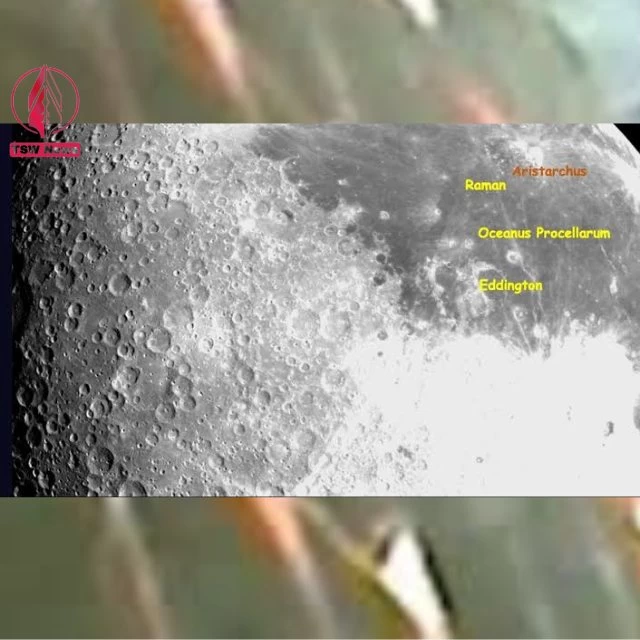ISRO's Chandrayaan 3 Mission Captures Images of Earth and Moon During Lunar Journey
- Posted on August 10, 2023
- News
- By Sakshi Gupta
- 274 Views

In a remarkable
display of India's prowess in space technology, the Indian Space Research
Organisation (ISRO) has unveiled captivating images of Earth and the Moon,
captured by its Chandrayaan 3 mission en route to the lunar south pole. The
mission not only underscores India's indigenous capabilities but also seeks to
uncover the untapped potential of water and ice hidden within the Moon's
enigmatic craters.
The awe-inspiring
visuals were taken using cameras strategically positioned aboard the
Chandrayaan 3 spacecraft. These images, a product of the Lander Imager and the
Lander Horizontal Velocity Camera serve a dual purpose: aiding the lander's
precise navigation and enhancing the safety of its lunar touchdown.
The Lander
Imager, developed by the Space Applications Centre in Ahmedabad, snapped a
vivid portrait of Earth shortly after the spacecraft's launch atop an LVM3
rocket on July 14, 2023.

Meanwhile, the
Moon was splendidly captured just a day following the lunar orbit insertion on
August 6, 2023. The Chandrayaan 3 was voyaging away from Earth while capturing
the former, and it drew nearer to the Moon to seize the latter.
Crafted by the
Laboratory for Electro-Optics Systems (LEOS) in Bengaluru's Peenya district,
the Lander Horizontal Velocity Camera also contributed to the striking images.
These cameras, repurposed for celestial photography, will play a pivotal role
in determining the lander's precise position, orientation, and velocity as it
elegantly descends toward the lunar surface.

More than just a
voyage to the Moon, Chandrayaan 3 is a testament to India's innovation and
homegrown ingenuity. The successful execution of a controlled landing on an
extraterrestrial terrain presents exciting prospects for ISRO's future
planetary science endeavors.
Chandrayaan 3's
expedition to the Moon's south pole is particularly noteworthy, as this
uncharted region harbors numerous shadowed craters perpetually untouched by
sunlight. These craters are believed to potentially house water, ice, and
minerals, which are valuable local resources for advancing space exploration.
For more updates
keep visiting our website www.topstoriesworld.com where
we provide unbiased, true and top stories of the world.




